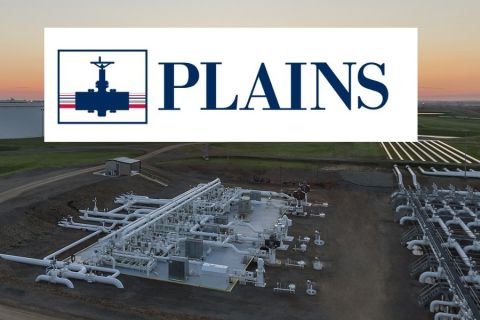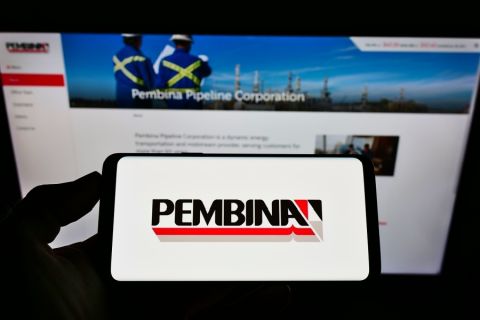Drilling for oil is what oil men do. That used to be the leadership model in the oil and gas industry. Then, the industry changed with the rise of global competition, the privatization of formerly state-owned oil companies, the deregulation of world capital markets, and more assertive stakeholders. As a result, oil industry leaders were expected to create wealth. Now the leadership game is changing again.
Three new trends have emerged. First, the demand for training in the “soft” skills of leadership is outpacing that for “hard” business skills like finance and accounting. In addition to delivering business results, managers at all levels are required to inspire and nurture others, lead innovation and change, and make critical decisions. Second, developing these “harder” leadership skills has become a strategic imperative that commands attention all the way to the chief executive officer’s (CEO) office. Finally, the interest is pervasive. It extends to companies of all sizes.
Why the change? Demographics for one thing. Remember Y2K? Oil and gas companies are facing a looming demographic event of even bigger proportions: the upcoming retirement of the baby boom generation. Let’s call it Gray2K. In five to 10 years, up to 80% of skilled and experienced oil and gas professionals will retire. To make matters worse, when the next generation of leaders would have been recruited into the organization, the price of oil did not permit companies to invest in bringing new people in.
Now, companies are facing this leadership talent gap in a global business environment that can no longer be characterized by “the increasing pace of change.” It is nothing less than “volatile.”
That is why the leadership talent gap is getting so much attention from CEOs. Human Resources planners have long analyzed their organization’s “mission critical” jobs and recruiting, turnover, and retention statistics to determine whether the talent pipeline could handle the flow. Now, Gray2K has CEOs listening. And forward thinking CEOs recognize the broader set of skills that emerging leaders need to master in today’s business environment.
According to one CEO, who heads a mid-market gas transmission company, “We believe that our 21st century leaders must reflect strong ethics and values, emotional intelligence, and a cohort approach. Our culture looks to create an environment where leaders must be willing to be questioned, demonstrate vulnerability and not take things personal.”
Companies of all sizes are using management education to leap the leadership gap and accelerate the advancement of high-potential employees. The good news is that today’s top business schools are well equipped to help them. Conventional wisdom says that 70% of employee development takes place on the job, 20% through relationships with bosses and mentors, and 10% in the classroom. But conventional wisdom no longer applies.
The experience of thought leaders in management development is that a new dynamic is emerging in which the lines among formal training, the workplace, and life experience are blurred. Learning and development opportunities exist everywhere. The emerging development model says 50% of development is through challenging job assignments, 30% in today’s classroom, and 20% through life experience.
The classroom is not what you may remember. In addition to cutting edge content, the best management development programs incorporate action learning methods such as business projects and simulations that promote prompt application of new knowledge. They include feedback and coaching to support behavior change.
Forward-looking firms also recognize that relevant learning opportunities exist outside the workplace. Service, relationships, and experiences in the community all help managers develop work-related competencies.
Finally, business schools and companies are getting smarter about measuring return on investments. Long-term, organization-wide studies of the impact of management training have been completed, some of which show that money and time spent on training correlate with direct business impact: margin per employee, increased shareholder value, and revenue gains. Others show that investments in training correlate with promotions, performance differences, and better business decisions.
Oil and gas companies, driven by the Gray2K demographic and the industry’s volatility, are pursuing leadership development as never before. It is among C-level executives’ top strategic imperatives. Fortunately, leading business schools are on the cutting edge of teaching the leadership skills that tomorrow’s oil and gas executives need to have a tangible positive impact in their companies’ success. In essence, we’ve put the business squarely back in business school.
Recommended Reading
Hess Midstream Announces 10 Million Share Secondary Offering
2024-02-07 - Global Infrastructure Partners, a Hess Midstream affiliate, will act as the selling shareholder and Hess Midstream will not receive proceeds from the public offering of shares.
Hess Midstream Subsidiary to Buy Back $100MM of Class B Units
2024-03-13 - Hess Midstream subsidiary Hess Midstream Operations will repurchase approximately 2 million Class B units equal to 1.2% of the company.
Plains All American Names Michelle Podavin Midstream Canada President
2024-03-05 - Michelle Podavin, who currently serves as senior vice president of NGL commercial assets for Plains Midstream Canada, will become president of the business unit in June.
Matador Completes NatGas Connections in Delaware Basin
2024-03-25 - Matador Resources completed natural gas pipeline connections between Pronto Midstream to San Mateo Midstream and to Matador’s acreage in the Delaware Basin.
Pembina Declares Series of Quarterly Dividends
2024-04-10 - Pembina Pipeline Corp’s board of directors declared quarterly dividends for series 1, 3, 5, 7, 9, 15, 17, 19, 21, 22 and 25.





